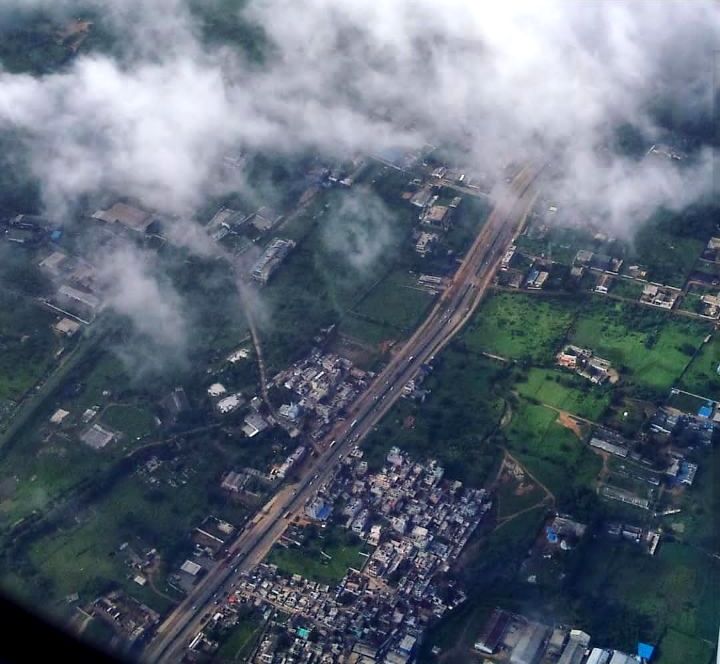Trip Down Memory Lane For Archaeologist As Capital City Bhubaneswar Turns 70

Bhubaneswar: Bhubaneswar as Odisha capital turned 70 on Friday. On April 13, 1948, the then Prime Minister Pandit Jawahar Lal Nehru had laid the foundation stone of this City of Temples.
The city designed by German architect Otto Konigsberger in 1946, has witnessed tremendous changes in the last 70 years, and emerged as a centre of qualitative educational and healthcare services and recently dubbed as the Sports Capital, besides the Smart City tag.
Odisha Bytes walked down the memory lane with archaeologist and educationist, Jitu Mishra, tracing the city’s journey through his eyes.




Comments are closed.